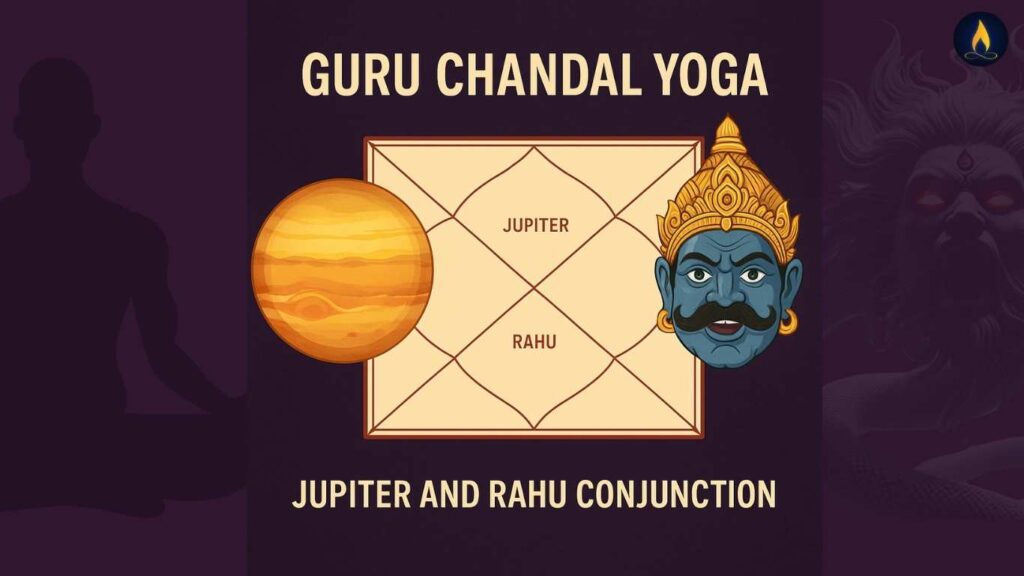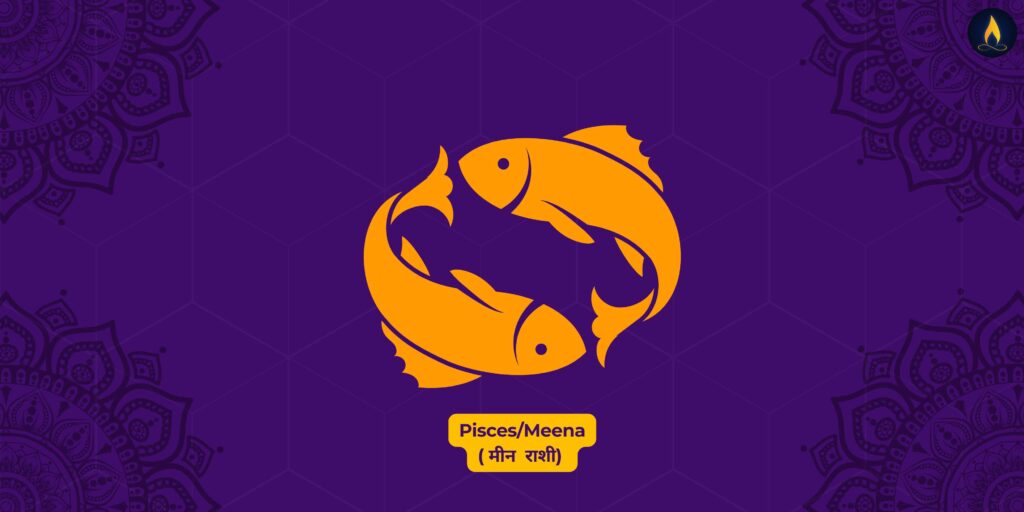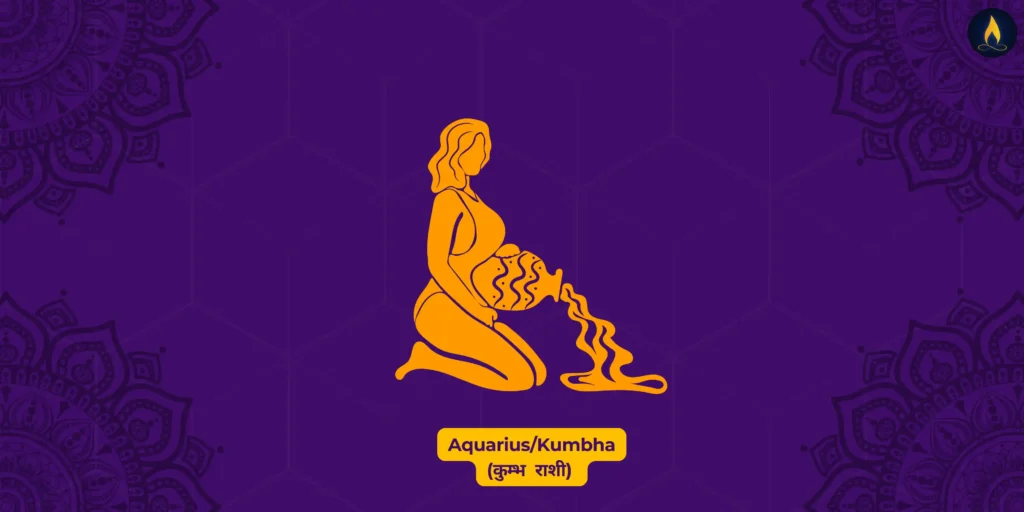Blog Contents
Toggle
Introduction
In the rich tapestry of Jyotish Shastra (Vedic astrology), the Rahu Ketu story holds a place of profound significance bridging myth, karma, and cosmic symbolism. These shadow planets, known as Chaya Grahas, play a pivotal role in shaping individual destinies and celestial phenomena like eclipses. This blog explores their origin, their karmic influence in astrology, and seven timeless insights drawn from their mythological tale.
 The Mythological Origins of Rahu and Ketu
The Mythological Origins of Rahu and Ketu
The legendary event of Samudra Manthan (Churning of the Ocean) is deeply intertwined with the Rahu Ketu story. During this cosmic episode, the Devas (gods) and Asuras (demons) joined forces to churn the ocean and extract Amrita, the nectar of immortality.
Among the Asuras, a clever demon named Svarbhanu disguised himself and attempted to drink the divine nectar. However, Lord Vishnu, seeing through the disguise, severed Svarbhanu’s head before the nectar reached his throat. As a result, the severed head became Rahu, and the decapitated body became Ketu—immortalized as celestial nodes. These two became eternal seekers: one of material ambition (Rahu), and one of spiritual detachment (Ketu).
This cosmic split symbolizes the eternal dance of light vs. shadow, desire vs. detachment, and illusion vs. truth.
Rahu and Ketu in Jyotish Shastra
Jyotish Shastra considers Rahu and Ketu as Chaya Grahas (shadow planets) that lack physical forms but wield significant astrological influence. They are the Lunar Nodes where the Moon’s orbit crosses the ecliptic, called Rahu (North) and Ketu (South). Unlike the Navagrahas (nine major celestial bodies), Rahu and Ketu influence life through karmic lessons and spiritual growth.
Rahu: The North Node
Ambition, materialism, and the quest for worldly success are associated with Rahu. It governs areas related to innovation, unconventional paths, and desires.In a natal chart, Rahu’s position in a Rashi and Bhava indicates areas of growth and expansion. Rahu’s Dasha (planetary period) often brings significant changes, challenges, and opportunities for advancement.
Ketu: The South Node
Ketu symbolizes spirituality, detachment, and the past karmic influences. It represents the areas where one has already gained mastery and where detachment is necessary for spiritual evolution. Ketu’s placement indicates the lessons from past lives and the need to transcend material attachments. During Ketu’s Dasha, individuals may experience introspection, reduced material pursuits, and a focus on inner growth.
Rahu and Ketu play a crucial role in the occurrence of solar and lunar eclipses. During an eclipse, Rahu or Ketu aligns with the Sun and Moon, causing the celestial bodies to obscure each other. Astrological effects amplify during this alignment, bringing significant transformations and heightened karmic influences.
Eclipses and Their Significance
Jyotish Shastra views eclipses as powerful times for spiritual practices, where heightened cosmic energies help cleanse negative karma and initiate personal transformation. Eclipses driven by Rahu and Ketu can spark life events, shifts in awareness, and karmic resolutions.
Astrological Remedies
To mitigate the challenging effects of Rahu and Ketu, Jyotish Shastra prescribes various remedies:
- Mantras: Reciting specific mantras dedicated to Rahu (e.g., “Om Bhram Bhreem Bhroum Sah Rahave Namah”) and Ketu (e.g., “Om Sraam Sreem Sraum Sah Ketave Namah”) can help balance their energies.
- Gemstones: Wearing gemstones like Gomed (Hessonite) for Rahu and Cat’s Eye for Ketu can enhance positive influences and reduce malefic effects.
- Puja and Rituals: Performing dedicated pujas and rituals can appease these shadow planets and seek their blessings for harmony and success.
Conclusion
The Rahu and Ketu story is a cornerstone of Jyotish Shastra, intertwining mythology with profound astrological insights. Understanding their origins, eclipse roles, and influence on destiny provides guidance for overcoming challenges and achieving spiritual growth through Vedic astrology.
Read our another blog here on : What is Rahu and Ketu in Astrology
What is Rahu and Ketu in Astrology
FAQs
1. What Happens When Rahu and Ketu Are Together?
When Rahu and Ketu align, they form a powerful axis in Vedic astrology, balancing material desires (Rahu) with spiritual detachment (Ketu). This alignment often signifies periods of transformation and significant life changes, especially during eclipses.
2. Is Rahu Ketu a God or Devil?
Rahu and Ketu are neither gods nor demons. Hindu mythology considers them Chaya Grahas (shadow planets). Originating from the demon Svarbhanu’s severed head and body, they symbolize the balance between ambition and spirituality.
3. Which God Controls Rahu and Ketu?
No single god controls Rahu and Ketu. Lord Vishnu severed Svarbhanu’s head, linking to their origin, but they operate within the cosmic order of the Navagrahas in Vedic astrology.
4. How Do Rahu and Ketu Affect Your Life?
Rahu drives ambition and material success, while Ketu promotes spirituality and detachment. Their placement in your natal chart highlights areas of growth and karmic lessons, guiding your life path toward balance and fulfillment.


 The Mythological Origins of Rahu and Ketu
The Mythological Origins of Rahu and Ketu











